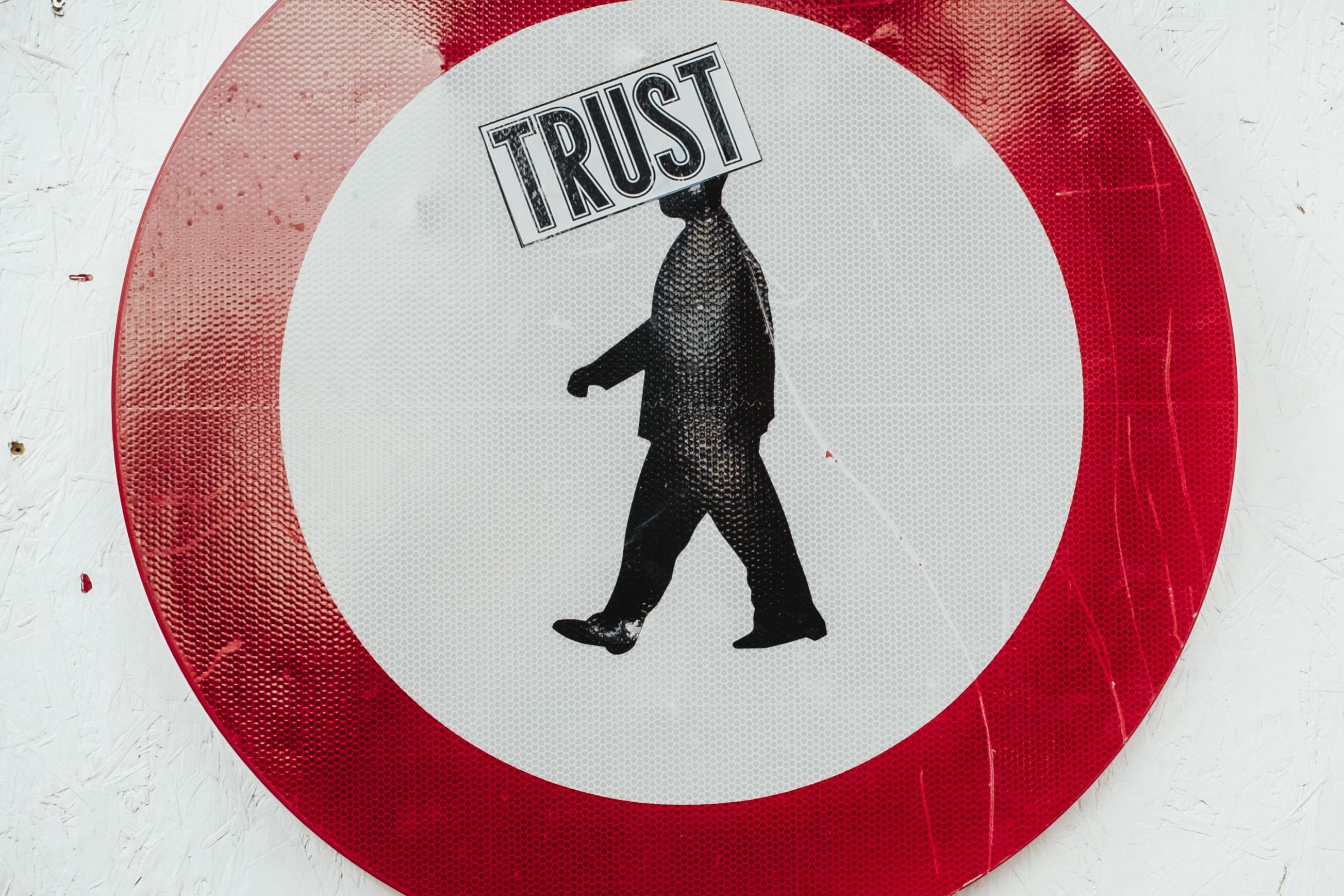Where Are Our Nonprofit’s Legacy Donors?
 Legacy gifts don’t fall from the sky.
Legacy gifts don’t fall from the sky.
Legacy donors aren’t delivered by storks.
You won’t find them hiding behind cabbage leaves.
You’ll mostly find them living in your donor database, volunteer roster, alumni mailing list, membership roll, client files and anyplace else folks connect with you and have a positive affiliation. An affiliation with you.
You see, the mere fact someone is wealthy does not make them a legacy giving prospect. Period. And the fact they’re wealthy and philanthropically inclined does not make them a legacy giving prospect for your charity.
The biggest indicator someone is a good legacy giving prospect for your organization is their affinity and loyalty. Generally this is demonstrated through affiliation (how they are connected to you) and behavior (what they do with you).
Of course, someone who simply shares the values your organization enacts can also be a viable legacy giving prospect. But they’re not likely to make a bequest or other type of legacy gift unless you first develop their affinity and loyalty — to your charity. So let’s begin with the fruit already picked and in your donor basket. We can look at the low-hanging fruit later. I do not recommend investing a lot of resources going after the fruit you’re hoping will just fall from the sky (though a little couldn’t hurt).
Details

 Text messaging is becoming an increasingly important fundraising tool. Why? One of the reasons is U.S. adults now spend 10.5 hours/day consuming media. With all the competition for your donors’ attention, there’s a need to cut through the clutter.
Text messaging is becoming an increasingly important fundraising tool. Why? One of the reasons is U.S. adults now spend 10.5 hours/day consuming media. With all the competition for your donors’ attention, there’s a need to cut through the clutter.
 What do you most need to sustain your nonprofit through thick and thin?
What do you most need to sustain your nonprofit through thick and thin?